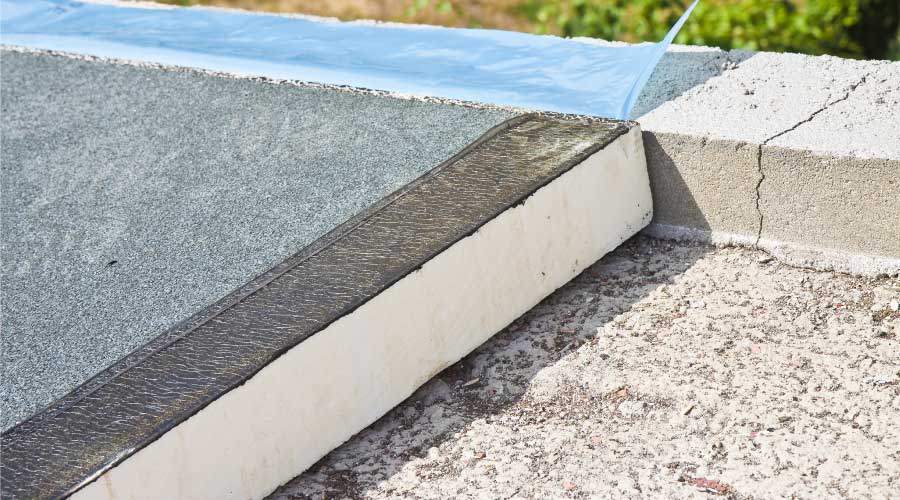Managers Need to Identify Common Air-Leak Paths
New and existing buildings are notorious for leaks. Moisture within the building envelope can migrate to the interior of the system, damage components, and reduce insulating values. In terms of air leaks, openings in the building envelope result in direct energy loss.
Implementing an inspection and maintenance program that incorporates infrared diagnostic tools to prevent and reduce leaks can provide significant savings for commercial and institutional facilities.
A range of issues, including air leaks, wet insulation, and thermal bridging, typically account for energy loss in building envelopes. Using infrared technology can help technicians identify and prevent these three issues, as well as improve energy efficiency.
Air Leaks
To prevent untempered, exterior air from entering interior spaces, technicians typically balance mechanical systems to create a positive pressure, where more air is supplied to the interior rather than exhausted, pushing air out through openings in the building envelope.
Although this is a common practice in commercial and institutional buildings, openings in the envelope can allow significant amounts of air to exit the building, drastically increasing heating and cooling loads.
Common air-leak paths through the building envelope include: around and through windows and doors; gaps at transitions between walls and floor or roof levels; transitions in wall-system types; and structural penetrations through the wall system.
Related Topics:















